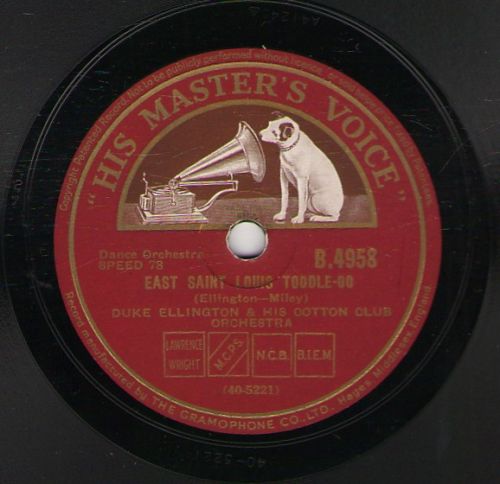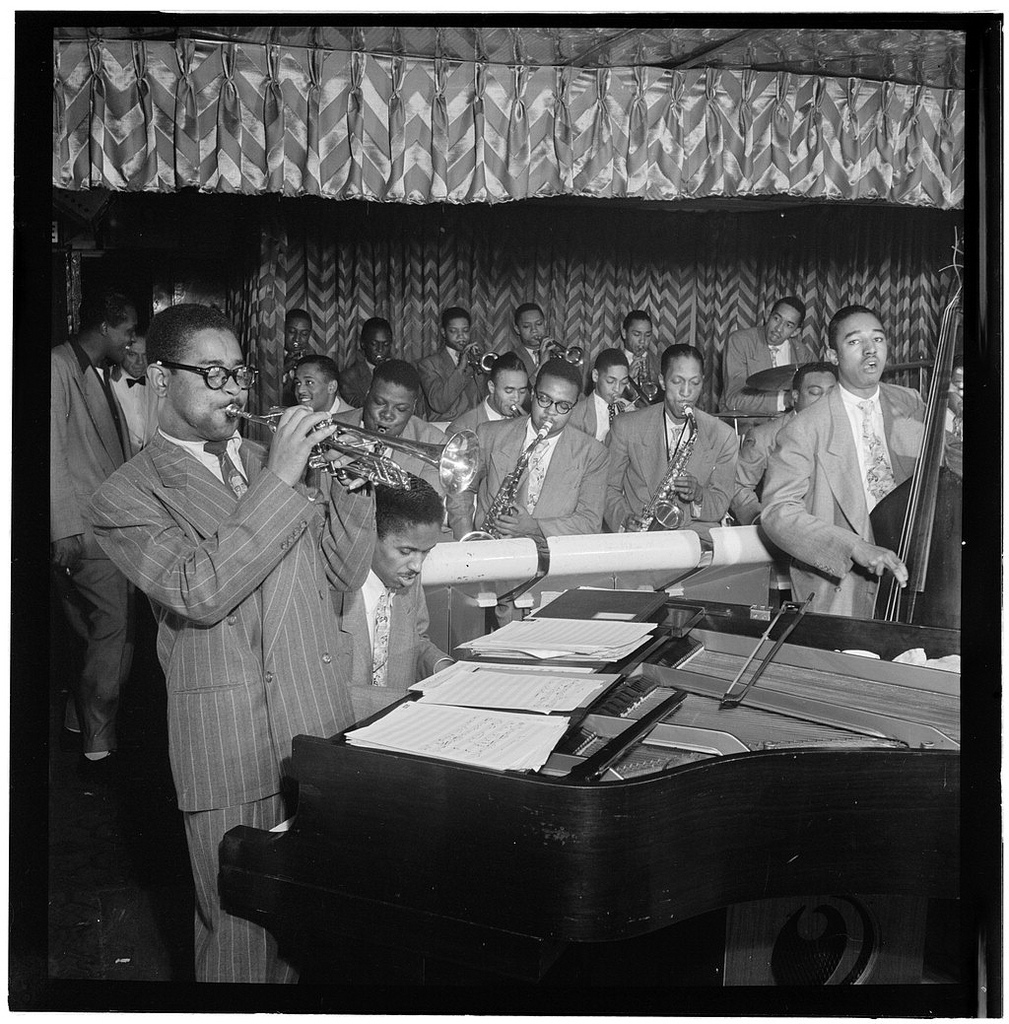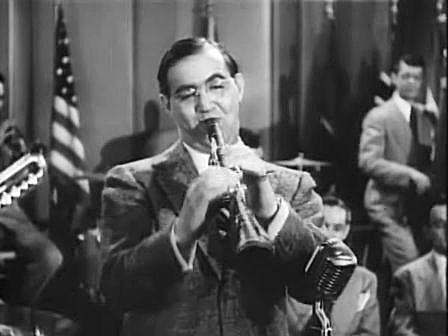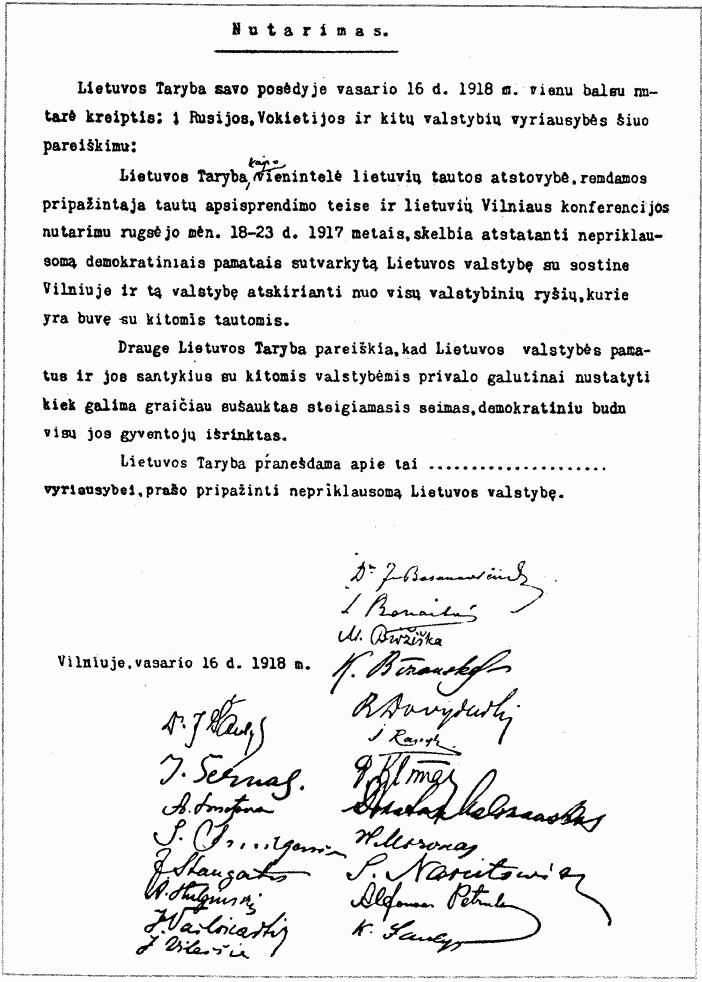|
Eddie Brown (dancer)
Eddie Brown (1918–1992) was an American tap dancer. Origin When Eddie Brown was 16, he entered a talent contest in his hometown when he was sixteen years old. He won first place and was discovered by famous American entertainer Bill “Bojangles” Robinson, who offered him a job in New York. Brown’s parents would not allow him to travel across the country to dance because he was still in school, however Brown went to New York anyway. Since Brown was still underage, he lived on the money that he made from dancing on the streets until he turned 18, when he joined Robinson’s show at the Apollo Theater in Harlem.Frank, R.E. (1990) Tap! The Greatest Tap Dance Stars and Their Stories 1900-1955. William Morrow and Company, Inc. New York. Career Brown danced professionally throughout the 1930s and 1940s as part of a trio with Carl Gibson and Jerry Reed, as well as being a solo dancer in nightclubs, and with swing and jazz musicians such as Jimmie Lunceford, Duke Ellington, and ... [...More Info...] [...Related Items...] OR: [Wikipedia] [Google] [Baidu] |
Tap Dance
Tap dance is a form of dance characterized by using the sounds of tap shoes striking the floor as a form of percussion. Two major variations on tap dance exist: rhythm (jazz) tap and Broadway tap. Broadway tap focuses on dance; it is widely performed in musical theater. Rhythm tap focuses on musicality, and practitioners consider themselves to be a part of the jazz tradition. The sound is made by shoes that have a metal "tap" on the heel and toe. There are different brands of shoes which sometimes differ in the way they sound. Ok History The fusion of several ethnic percussive dances, such as West African step dances and Welsh, Irish, and Scottish clog dancing, hornpipes, and jigs, tap dance is believed to have begun in the mid-1800s during the rise of minstrel shows. As minstrel shows began to decline in popularity, tap dance moved to the increasingly popular Vaudeville stage. Due to Vaudeville's unspoken "two-colored rule", which forbade blacks to perform solo, many Va ... [...More Info...] [...Related Items...] OR: [Wikipedia] [Google] [Baidu] |
Bill Robinson
Bill Robinson, nicknamed Bojangles (born Luther Robinson; May 25, 1878 – November 25, 1949), was an American tap dancer, actor, and singer, the best known and the most highly paid African-American entertainer in the United States during the first half of the 20th century. His long career mirrored changes in American entertainment tastes and technology. His career began in the age of minstrel shows and moved to vaudeville, Broadway theatre, the recording industry, Hollywood films, radio, and television. According to dance critic Marshall Stearns, "Robinson's contribution to tap dance is exact and specific. He brought it up on its toes, dancing upright and swinging," adding a "hitherto-unknown lightness and presence." His signature routine was the stair dance, in which he would tap up and down a set of stairs in a rhythmically complex sequence of steps, a routine that he unsuccessfully attempted to patent. He is also credited with having popularized the word ''copacetic'' t ... [...More Info...] [...Related Items...] OR: [Wikipedia] [Google] [Baidu] |
Apollo Theater
The Apollo Theater is a music hall at 253 West 125th Street between Adam Clayton Powell Jr. Boulevard (Seventh Avenue) and Frederick Douglass Boulevard (Eighth Avenue) in the Harlem neighborhood of Upper Manhattan in New York City. It is a noted venue for African-American performers, and is the home of '' Showtime at the Apollo'', a nationally syndicated television variety show which showcased new talent, from 1987 to 2008, encompassing 1,093 episodes; the show was rebooted in 2018. The theater, which has a capacity of 1,506, opened in 1913 as Hurtig & Seamon's Music Hall. It was designed by George Keister in the neo-Classical style. Alterations were made that year for showing movies, and it was renamed the Apollo Theater. (It was often referred to as the "125th Street Apollo" to distinguish it from the legitimate Apollo on 42nd Street). In 1924, the Minsky brothers leased the theater for burlesque shows. In 1934, it became a venue for black performers and was opened to ... [...More Info...] [...Related Items...] OR: [Wikipedia] [Google] [Baidu] |
Jimmie Lunceford
James Melvin Lunceford (June 6, 1902 – July 12, 1947) was an American jazz alto saxophonist and bandleader in the swing era. Early life Lunceford was born on a farm in the Evergreen community, west of the Tombigbee River, near Fulton, Mississippi, United States. The farm was owned by his father, James. His mother was Idella ("Ida") Shumpert of Oklahoma City, an organist of "more than average ability". Seven months after James Melvin was born, the family moved to Oklahoma City. The family next moved to Denver where Lunceford attended high school and studied music under Wilberforce J. Whiteman, father of Paul Whiteman, whose band was soon to acquire a national reputation. As a child in Denver, he learned several instruments. After high school, Lunceford continued his studies at Fisk University. In 1922, he played alto saxophone in a local band led by the violinist George Morrison which included Andy Kirk, another musician destined for fame as a bandleader. Career In ... [...More Info...] [...Related Items...] OR: [Wikipedia] [Google] [Baidu] |
Duke Ellington
Edward Kennedy "Duke" Ellington (April 29, 1899 – May 24, 1974) was an American jazz pianist, composer, and leader of his eponymous jazz orchestra from 1923 through the rest of his life. Born and raised in Washington, D.C., Ellington was based in New York City from the mid-1920s and gained a national profile through his orchestra's appearances at the Cotton Club in Harlem. A master at writing miniatures for the three-minute 78 rpm recording format, Ellington wrote or collaborated on more than one thousand compositions; his extensive body of work is the largest recorded personal jazz legacy, and many of his pieces have become standards. He also recorded songs written by his bandsmen, such as Juan Tizol's " Caravan", which brought a Spanish tinge to big band jazz. At the end of the 1930s, Ellington began a nearly thirty-year collaboration with composer-arranger-pianist Billy Strayhorn, whom he called his writing and arranging companion. With Strayhorn, he composed mu ... [...More Info...] [...Related Items...] OR: [Wikipedia] [Google] [Baidu] |
Dizzy Gillespie
John Birks "Dizzy" Gillespie (; October 21, 1917 – January 6, 1993) was an American jazz trumpeter, bandleader, composer, educator and singer. He was a trumpet virtuoso and improviser, building on the virtuosic style of Roy Eldridge but adding layers of harmonic and rhythmic complexity previously unheard in jazz. His combination of musicianship, showmanship, and wit made him a leading popularizer of the new music called bebop. His beret and horn-rimmed spectacles, scat singing, bent horn, pouched cheeks, and light-hearted personality provided one of bebop's most prominent symbols. In the 1940s, Gillespie, with Charlie Parker, became a major figure in the development of bebop and modern jazz. He taught and influenced many other musicians, including trumpeters Miles Davis, Jon Faddis, Fats Navarro, Clifford Brown, Arturo Sandoval, Lee Morgan, Chuck Mangione, and balladeer Johnny Hartman. He pioneered Afro-Cuban jazz and won several Grammy Awards. Scott Yanow wrote ... [...More Info...] [...Related Items...] OR: [Wikipedia] [Google] [Baidu] |
American Tap Dance Foundation
The American Tap Dance Foundation is a nonprofit organization whose primary goal is the presentation and teaching of tap dance. Its original stated purpose was to provide an "international home for tap dance, perpetuate tap as a contemporary art form, preserve it through performance and an archival library, provide educational programming, and establish a formal school for tap dance." History Originally called the American Tap Dance Orchestra (ATDO), the American Tap Dance Foundation was founded in 1986 by tap dancers Brenda Bufalino, Tony Waag, and Charles "Honi" Coles. Bufalino began working with Coles in 1973 when Bufalino produced the documentary, "Great Feats of Feet: Portraits Of the Jazz Tap Dancer" featuring Coles and ''The Copasetics''. ATDO's first major engagement was on July 4, 1986, at the Statue of Liberty Festival in Battery Park in lower New York City. For the next 15 years, American Tap Dance Orchestra toured the U.S. and Europe. In 1989, ATDO appeared on PBS ... [...More Info...] [...Related Items...] OR: [Wikipedia] [Google] [Baidu] |
International Tap Dance Hall Of Fame
International is an adjective (also used as a noun) meaning "between nations". International may also refer to: Music Albums * ''International'' (Kevin Michael album), 2011 * ''International'' (New Order album), 2002 * ''International'' (The Three Degrees album), 1975 *''International'', 2018 album by L'Algérino Songs * The Internationale, the left-wing anthem * "International" (Chase & Status song), 2014 * "International", by Adventures in Stereo from ''Monomania'', 2000 * "International", by Brass Construction from ''Renegades'', 1984 * "International", by Thomas Leer from ''The Scale of Ten'', 1985 * "International", by Kevin Michael from ''International'' (Kevin Michael album), 2011 * "International", by McGuinness Flint from ''McGuinness Flint'', 1970 * "International", by Orchestral Manoeuvres in the Dark from '' Dazzle Ships'', 1983 * "International (Serious)", by Estelle from '' All of Me'', 2012 Politics * Political international, any transnational organization ... [...More Info...] [...Related Items...] OR: [Wikipedia] [Google] [Baidu] |
Swing Music
Swing music is a style of jazz that developed in the United States during the late 1920s and early 1930s. It became nationally popular from the mid-1930s. The name derived from its emphasis on the off-beat, or nominally weaker beat. Swing bands usually featured soloists who would improvise on the melody over the arrangement. The danceable swing style of big bands and bandleaders such as Benny Goodman was the dominant form of American popular music from 1935 to 1946, known as the swing era. The verb "to swing" is also used as a term of praise for playing that has a strong groove or drive. Musicians of the swing era include Duke Ellington, Benny Goodman, Count Basie, Cab Calloway, Jimmy Dorsey, Tommy Dorsey, Woody Herman, Harry James, Lionel Hampton, Glenn Miller, Artie Shaw and Django Reinhardt. Overview Swing has its roots in 1920s dance music ensembles, which began using new styles of written arrangements, incorporating rhythmic innovations pioneered by Louis Arms ... [...More Info...] [...Related Items...] OR: [Wikipedia] [Google] [Baidu] |
Rhythm
Rhythm (from Greek Greek may refer to: Greece Anything of, from, or related to Greece, a country in Southern Europe: *Greeks, an ethnic group. *Greek language, a branch of the Indo-European language family. **Proto-Greek language, the assumed last common ancestor ... , ''rhythmos'', "any regular recurring motion, symmetry#Symmetry in music, symmetry") generally means a "motion, movement marked by the regulated succession of strong and weak elements, or of opposite or different conditions". This general meaning of regular recurrence or pattern in time can apply to a wide variety of cyclical natural phenomena having a Frequency, periodicity or frequency of anything from microseconds to several seconds (as with the riff in a rock music song); to several minutes or hours, or, at the most extreme, even over many years. Rhythm is related to and distinguished from pulse, meter, and beats: In the performance arts, rhythm is the timing of events on a human scale; of music, musical ... [...More Info...] [...Related Items...] OR: [Wikipedia] [Google] [Baidu] |
Syncopated
In music, syncopation is a variety of rhythms played together to make a piece of music, making part or all of a tune or piece of music off-beat. More simply, syncopation is "a disturbance or interruption of the regular flow of rhythm": a "placement of rhythmic stresses or accents where they wouldn't normally occur". It is the correlation of at least two sets of time intervals. Syncopation is used in many musical styles, especially dance music. According to music producer Rick Snoman, "All dance music makes use of syncopation, and it's often a vital element that helps tie the whole track together". Syncopation can also occur when a strong harmony is simultaneous with a weak beat, for instance, when a 7th-chord is played on the second beat of measure or a dominant chord is played at the fourth beat of a measure. The latter occurs frequently in tonal cadences for 18th- and early-19th-century music and is the usual conclusion of any section. A hemiola (the equivalent Latin t ... [...More Info...] [...Related Items...] OR: [Wikipedia] [Google] [Baidu] |
1918 Births
This year is noted for the end of the First World War, on the eleventh hour of the eleventh day of the eleventh month, as well as for the Spanish flu pandemic that killed 50–100 million people worldwide. Events Below, the events of World War I have the "WWI" prefix. January * January – 1918 flu pandemic: The "Spanish flu" (influenza) is first observed in Haskell County, Kansas. * January 4 – The Finnish Declaration of Independence is recognized by Soviet Russia, Sweden, Germany and France. * January 9 – Battle of Bear Valley: U.S. troops engage Yaqui Native American warriors in a minor skirmish in Arizona, and one of the last battles of the American Indian Wars between the United States and Native Americans. * January 15 ** The keel of is laid in Britain, the first purpose-designed aircraft carrier to be laid down. ** The Red Army (The Workers and Peasants Red Army) is formed in the Russian SFSR and Soviet Union. * January 18 - The Historic Concert for ... [...More Info...] [...Related Items...] OR: [Wikipedia] [Google] [Baidu] |


.jpg)





